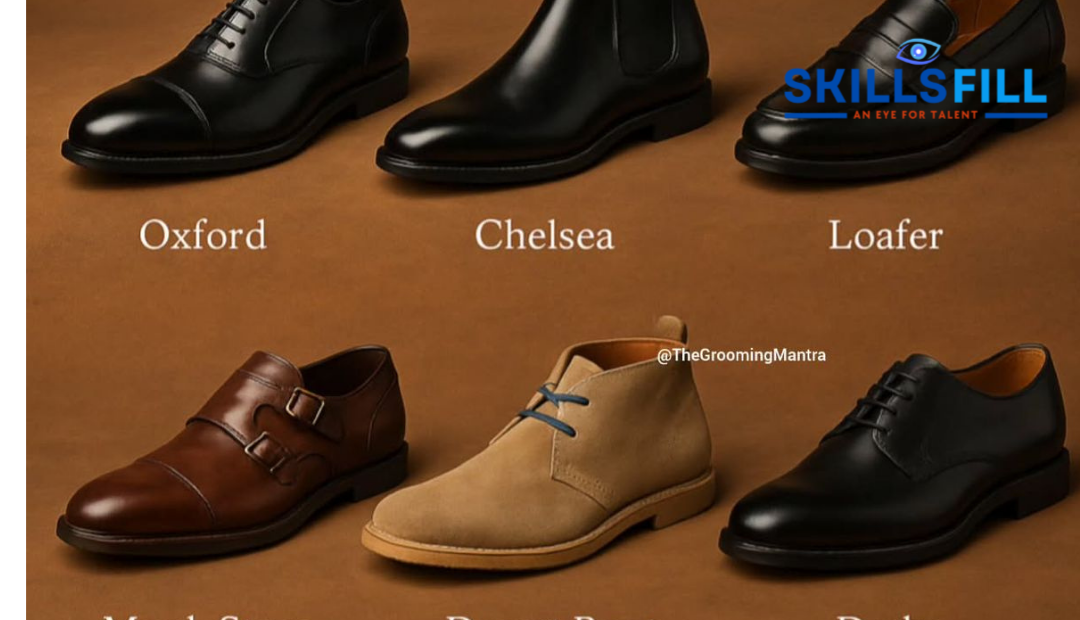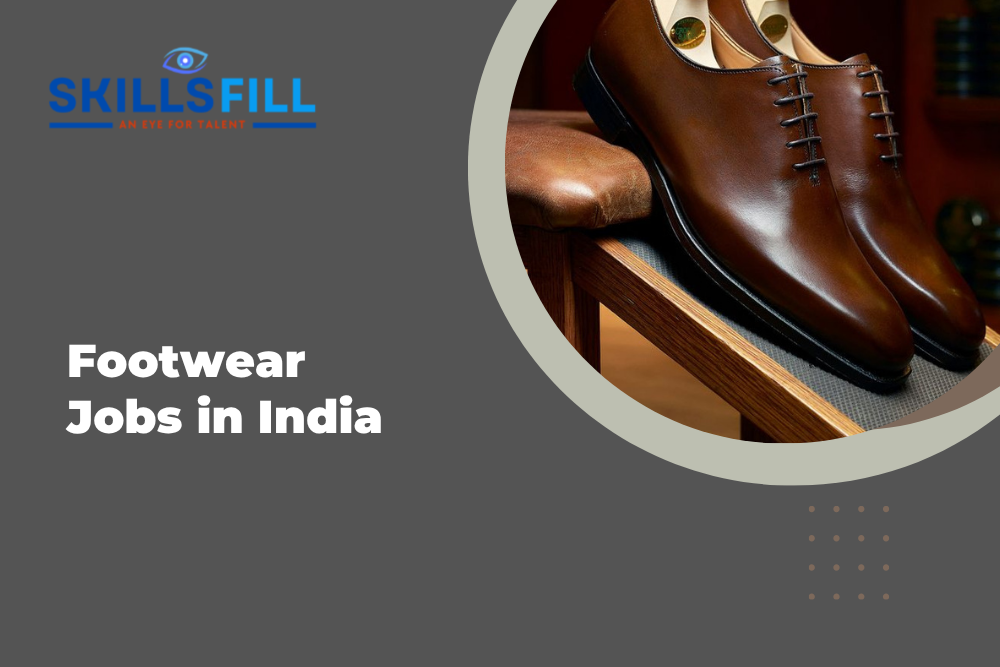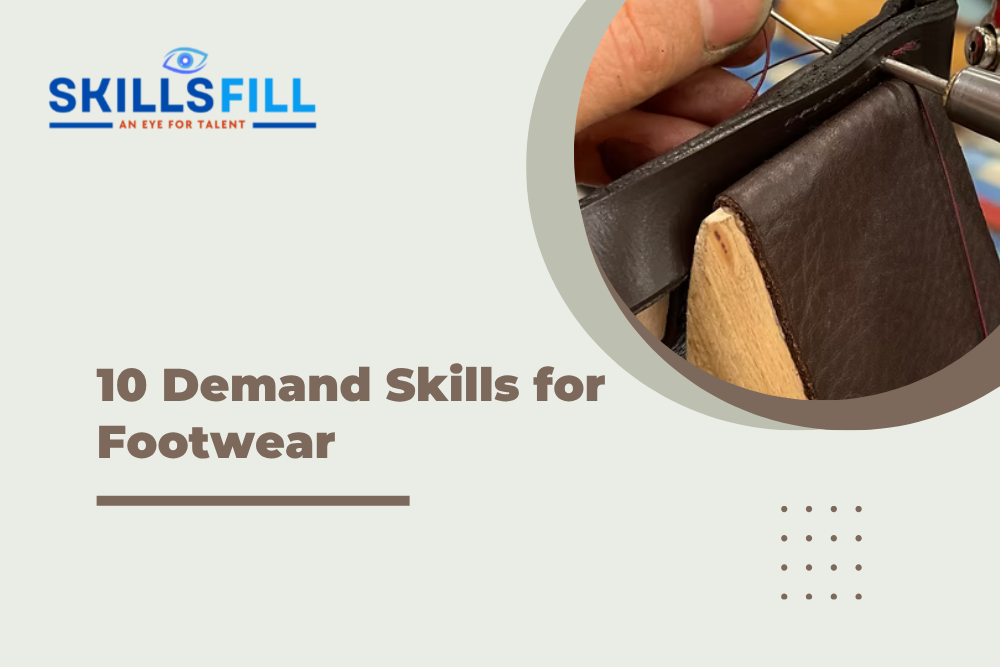Kanpur has long been known as the leather capital of India. With its strong network of tanneries, leather processing units, and manufacturing hubs, the city offers a wide range of job opportunities for people seeking employment in the leather industry. Whether you’re a skilled worker, fresher, or someone looking to upgrade your career, leather jobs in Kanpur are available across various roles production, design, stitching, cutting, and quality control.
This article explains the types of leather jobs available in Kanpur, the required skills, and how job seekers can prepare for a stable and rewarding career in this growing sector.
Why Kanpur Is Known for Leather Jobs
Kanpur has a long-standing history in leather production and exports. The city is home to small and large units involved in the production of leather shoes, belts, bags, jackets, gloves, and accessories. Many of these units supply to both domestic and international markets, making Kanpur’s leather industry a major employment generator in Uttar Pradesh.
Some of the biggest advantages for job seekers in Kanpur’s leather industry include:
- Presence of thousands of tanneries and factories
- Strong demand for skilled and semi-skilled workers
- Opportunities in both traditional leather processing and modern manufacturing units
- Jobs available for both men and women across production lines
- Growing need for trained staff due to expansion in exports and technology upgrades
Types of Leather Jobs Available in Kanpur
The leather sector in Kanpur offers a wide variety of jobs for workers with different levels of experience and training. Here are some common roles:
Production Jobs
- Leather Cutter: Uses templates to cut leather pieces for shoes, bags, and other products.
- Stitching Machine Operator: Operates industrial sewing machines for stitching leather products.
- Edge Finisher: Applies paint, wax, or polish on leather edges to ensure smooth finish.
- Skiving Operator: Reduces leather thickness where needed using special machines.
Quality Control and Packing Jobs
- Leather Inspector: Checks material quality, thickness, flexibility, and texture.
- Product Quality Checker: Ensures the finished goods meet brand and export standards.
- Packing Staff: Packs leather goods for retail or export, ensuring proper labeling and safety.
Design and Supervisory Jobs
- Pattern Maker: Develops cutting patterns for leather garments and accessories.
- Leather Designer: Designs shoes, handbags, jackets using creative concepts and CAD tools.
- Line Supervisor: Manages workers on the production floor and ensures timely output.
These jobs are available in leather shoe factories, handbag units, jacket manufacturers, and leather export houses based in Kanpur and its nearby industrial zones.
Required Skills for Leather Jobs in Kanpur
While some jobs in the leather industry require prior experience, many companies in Kanpur also hire freshers and train them on the job. However, certain basic skills can increase your chances of getting hired quickly:
- Understanding of Leather Types: Full-grain, split leather, nubuck, suede, etc.
- Machine Handling: Operating stitching, skiving, and polishing machines.
- Attention to Detail: Needed for cutting, stitching, and finishing work.
- Physical Stamina: Leather jobs often require standing for long hours.
- Teamwork and Discipline: Essential in a factory or workshop setting.
Candidates aiming for design or supervisory roles may also require certification or diploma from a leather institute or training center.
Where to Get Leather Job Training in Kanpur
To support job creation, several skill development programs are available for individuals interested in joining the leather sector in Kanpur.
Government Training Programs
- LSSC (Leather Sector Skill Council): Offers short-term training programs under Skill India.
- PMKVY (Pradhan Mantri Kaushal Vikas Yojana): Free training with job placement support.
- Leather Institute of Technology, Kanpur: Provides diploma and certification courses.
Private Training Centers
Several private institutes in Kanpur offer training in stitching, cutting, finishing, and quality control, with on-site practical sessions.
In-House Factory Training
Many export companies and factories train new hires after recruitment. Candidates without formal education can apply directly for training-based job openings.
Job Scope and Future Growth in Leather Industry
The leather industry in Kanpur is seeing consistent growth, especially in exports and high-quality fashion leather products. With rising global demand, companies are upgrading their technology and expanding their operations.
This means:
- Increased demand for trained workers
- Opportunities for career advancement in supervisory roles
- Better salaries for skilled jobs compared to other sectors
- Job stability in well-established factories
Moreover, schemes like Make in India and Leather Cluster Development are helping boost employment in cities like Kanpur, where skilled leather workers are always in demand.
Conclusion
Kanpur continues to be a major hub for leather job opportunities in India. Whether you’re just starting your career or looking to upgrade your role in the leather sector, Kanpur offers a wide platform for growth. With proper training, the right attitude, and a willingness to learn, individuals can find long-term, reliable employment in the leather factories, export houses, and production units of Kanpur.









